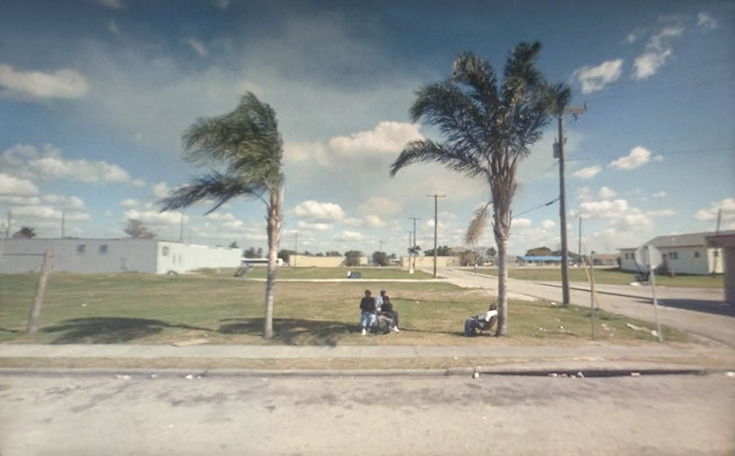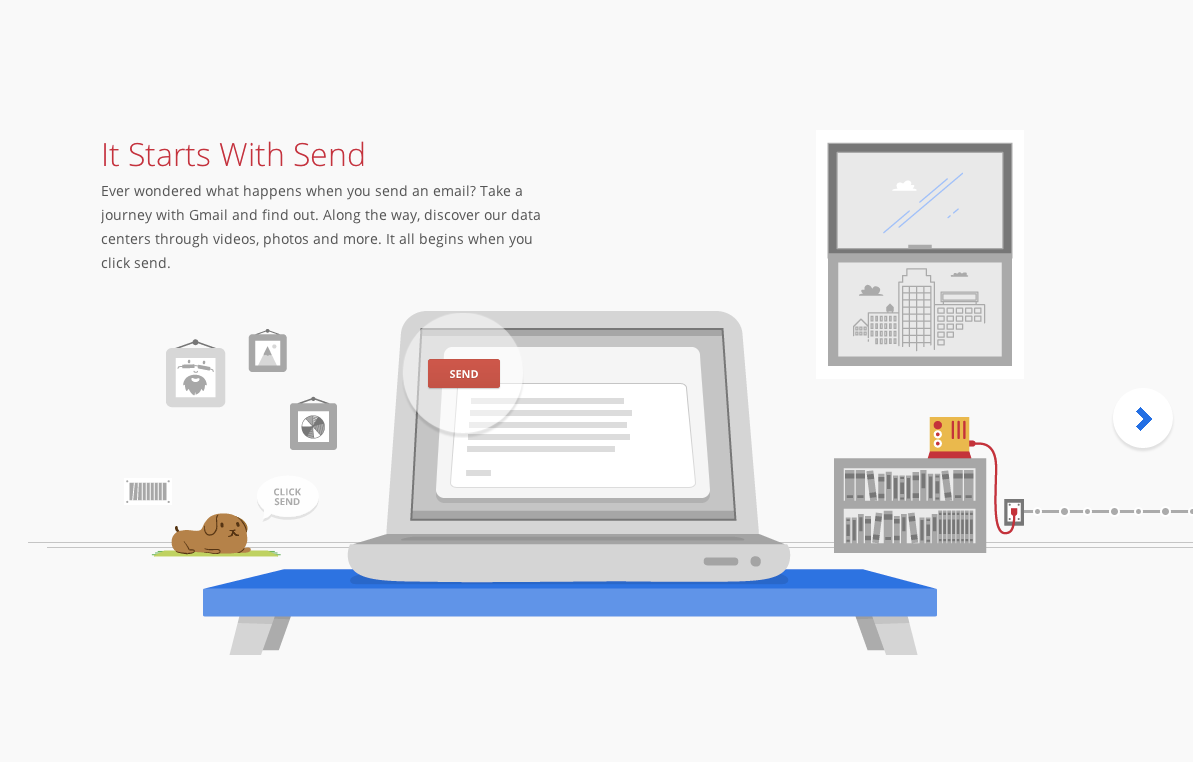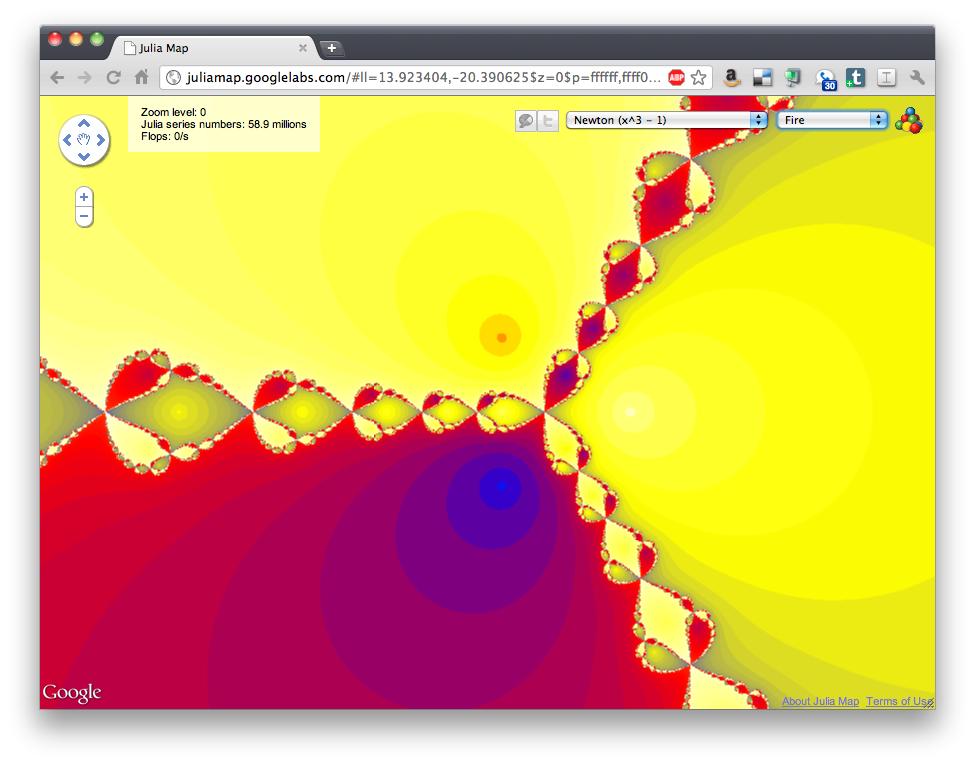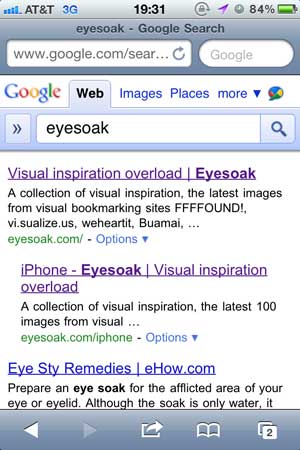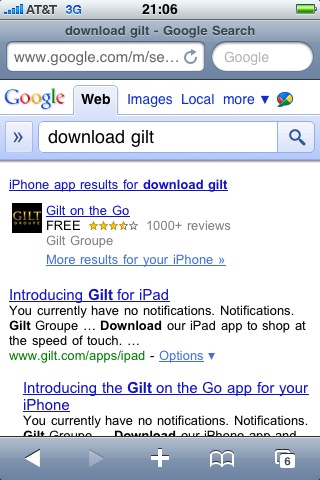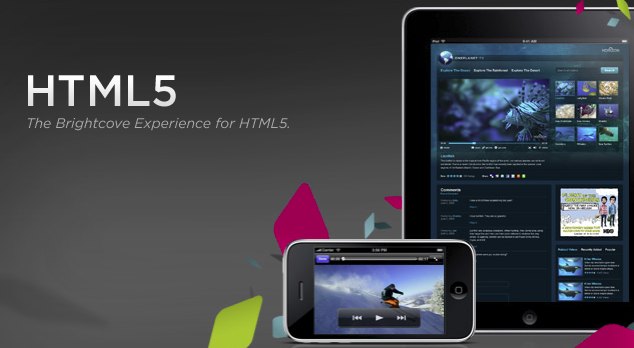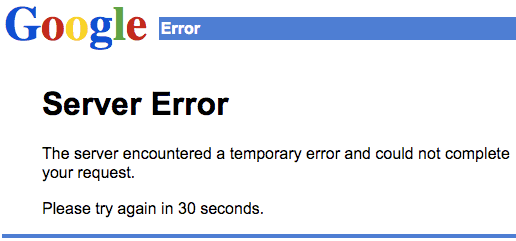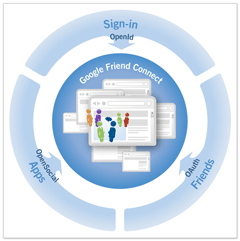-
Google’s Influence on Photography – Street View and Beyond
–
Following up on yesterday’s post on Google Street View in the Grand Canyon, here’s a great article from LightBox. It goes over the incredible impact of Google’s Street View experiement, and what it’s done for mapping and photography. From the article: In the catalogue to the show Exposed: Voyeurism, Surveillance, and the Camera since 1870,…
-
Google Street View in the Grand Canyon: Google Trekker
–
Introducing Google Trekker in the Grand Canyon – what a great use of Google’s street view tech: Today, demonstrating the rocky and rugged paths we’ll travel to make Google Maps even more complete, we’re collecting imagery from a place no car, trike or snowmobile has ever been before. On its first official outing, the Street…
-
Automated Scrolling with The Story of Send from Google
–
By far the coolest example of automated scrolling and parallax in HTML by our friends at Google. Here’s their explanation of the site, but the real magic for me comes in how they implemented the concept in code. We’re answering those questions with Story of Send, a new site that gives you a behind-the-scenes look…
-
Google Opens Up Chrome Web Store – Continuing The Move To Web-Apps
–
Today it was announced at Google I/O that Google is taking the Chrome Web Store, it’s store for selling applications and modules to run in its Chrome Web Browser, worldwide. Additionally, Google is starting to add in-app purchases, and a flat fee for developers to sell products. This brings the Chrome Web Store even more…
-
Google Labs Julia Fractal Map Uses HTML5
–
Recently Google Labs released its Julia Map fractal renderer – a neat project that uses the power of HTML5, the simple Google Maps interface, and remote processing to zoom endlessly into fractals. Try it! Google: Julia sets are fractals that were studied by the French mathematician Gaston Julia in the early 1920s. Fifty years later,…
-
Google favors mobile optimized sites in their mobile search results
–
Recently, a client asked me about Google Mobile Search Results, and how the algorithm works to prioritize results aimed specifically at mobile users. In general, I believe that Google favors mobile optimized sites in their mobile search results. There are a number of usability features, such as location base services, screen real estate, and touch…
-
iPhone and Android Applications In Google Mobile Search Results
–
Google has started showing mobile application results in their mobile web search results, potentially marking the beginnings of the intersection of web search and mobile apps. This initial implementation of mobile installable application results in mobile web search result is the first step. Mobile network infrastructure and mobile handset hardware are improving, and web standards…
-
Apple’s iPad and HTML5 Power Play
–
Is Apple’s reluctance to include flash on iPhone or iPad actually a veiled play to change the entire face of code and web standards on the internet, and beyond? Or are they just hoping to sell more apps? I think that Apple’s strategy here goes both ways – and hopefully, both outcomes will change both…
-
Google Wave In Action
–
At their IO conference this week, Google unveiled their new communications platform Google Wave. It supposedly combines multiple forms of communication – namely email and IM, into a collaborative communications suite. There’s been HUGE buzz on this lately, and Ben Parr of Mashable has posted a good Google Wave guide. I think Google Wave does…
-
Writing about Google Analytics and Flash on the Morpheus Media Mlog
–
I recently wrote a short blog post for Morpheus Media’s MLOG blog, outlining the ins and outs of Google’s recent announcement that they were expanding the Google Analytics tracking capabilities into Adobe Flash. Now, website owners can not only track visitor metrics on html pages, but also within embedded flash objects, including user engagement statistics…
-
Google Chrome – First Impressions
–
After a relatively short "announce to launch" window, Google launched its new, open source web browser, Google Chrome. It was announced over the weekend, and a comic book-style introduction was published yesterday. Unfortunately, it’s only available for Windows just yet – us mac users will have to either wait a bit for Google Chrome for…
-
Gmail Still Down – I’m Dead In The Water!
–
Gmail has been down for me for almost 12 hours now. And it’s only my main account. Seems like there is a documented issue, which is good to hear, but still not fixed. According to the Google Groups Gmail discussion board, they are working on the issue: Update: our engineers have identified the source of…
-
Google Launches Friend Connect
–
Google just announced, and will launch tomorrow, Friend Connect. Will this be another building block in the road to the ultimate ubiquitous social network? With any website being able to add a social networking component, and all of those components being able to network together via Open Social, we’re about to be one step closer…
-
YouTube really went down
–
Ah, those minutes troubleshooting video on the blog today were for nothing.. turns out that YouTube really did go down for a while this afternoon, when Pakistan Telecom apparently hijacked YouTube’s IP Range. Amazing something like this can happen.. and reminds me of the story a while back about some farmers using a high bandwidth fiber optic…
